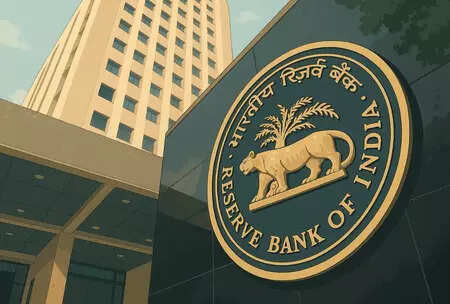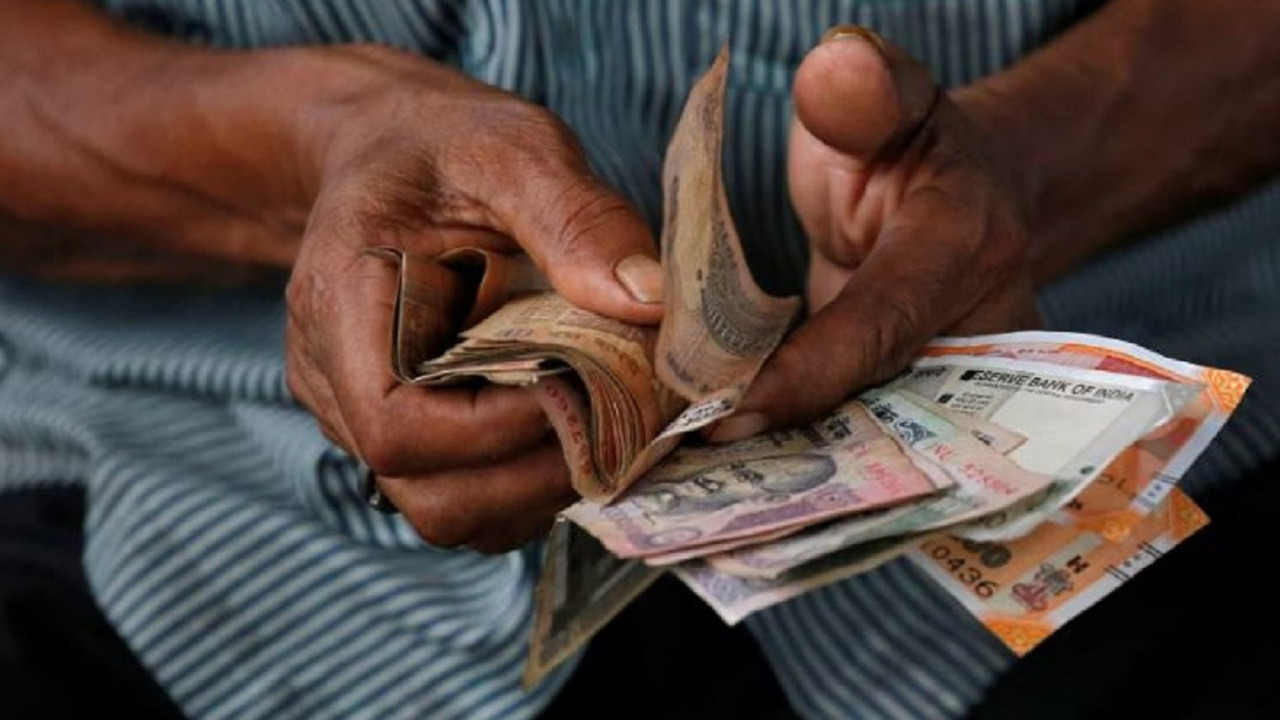The Indian rupee weakened for the second consecutive session, closing at 85.90 against the US dollar due to risk aversion and foreign fund outflows. The decline was influenced by geopolitical tensions, high crude oil prices, and anticipation of the RBI’s monetary policy decision. Despite the rupee’s fall, Indian equity markets closed higher, while the services sector showed continued expansion.
The Rupee’s Wobble: What’s Going On and Should You Care?
Okay, let’s talk about your wallet. Or, more accurately, the Indian Rupee, and why it’s been feeling a little under the weather lately. You might have seen headlines about it slipping, and frankly, it’s more than just a blip on the radar. The Rupee recently took a tumble, landing at ₹85.90 against the US dollar. That’s a 29-paise drop. Not exactly earth-shattering on its own, but it’s a sign of some undercurrents swirling in the global economy.
So, what’s causing this little dip? Well, it’s a cocktail of factors, really. Think of it like baking a cake – too much of one ingredient and the whole thing goes awry.
First up, we have a good old-fashioned “risk-off mood.” That’s market-speak for investors getting a bit jittery. When things look uncertain globally – maybe there’s talk of rising inflation, geopolitical tensions, or unexpected economic slowdowns – investors tend to flock to safer havens. The US dollar, being the world’s reserve currency, is generally seen as that safe haven. When demand for dollars goes up, its value increases, making other currencies like the Rupee look relatively weaker. It’s like everyone suddenly deciding they prefer the reliable old Ford to the shiny new sports car.
Then there’s the issue of Foreign Institutional Investor (FII) outflows. These are the big guys, the investment funds that pour money into Indian markets, betting on growth and returns. When they decide to pull their money out – maybe because they see better opportunities elsewhere or are worried about the overall economic climate – it creates downward pressure on the Rupee. Less demand means less value. Imagine a popular restaurant suddenly losing its celebrity chef; people might start eating elsewhere, hurting its business.
But it’s not just about global sentiment. Domestically, factors like the trade deficit also play a role. If India is importing more goods than it’s exporting, it needs more dollars to pay for those imports. That increased demand for dollars can also contribute to the Rupee’s weakness. It’s simple supply and demand, really.
Now, you might be thinking, “Okay, so the Rupee is down. What does this actually mean for me?”
Fair question. Here’s the breakdown:
* For the Traveler: If you’re planning a trip to the US, Europe, or anywhere else where the dollar or other major currencies are used, your trip just got a bit more expensive. You’ll need to shell out more Rupees to get the same amount of foreign currency. Time to rethink that fancy hotel?
* For Importers and Exporters: This is a double-edged sword. A weaker Rupee makes Indian exports more competitive in the global market, which is good news for exporters. However, it also makes imports more expensive, potentially driving up the cost of everything from electronics to raw materials.
* For Investors: If you’re invested in Indian stocks, a weaker Rupee can be a mixed bag. While it might boost the earnings of companies that export, it can also spook foreign investors, leading to further FII outflows and potentially impacting stock prices.
* For the Average Consumer: Ultimately, a weaker Rupee can lead to inflationary pressures. More expensive imports can translate to higher prices for goods and services across the board. This is especially true for things like fuel, which India heavily relies on imports for.
Of course, the Reserve Bank of India (RBI) is keeping a close eye on things. They have a toolbox full of measures they can use to try and stabilize the Rupee, like intervening in the currency market by selling dollars from their reserves. They also may adjust interest rates to attract more foreign investment. The RBI’s primary goal is to manage inflation and ensure financial stability, so expect them to step in if the Rupee’s slide becomes too disruptive.
So, should you panic? Probably not. Currency fluctuations are a normal part of the global economic dance. However, it’s worth paying attention to what’s happening and understanding how it might impact your personal finances.
The Rupee’s journey is a reflection of the complex interplay of global and domestic factors. It’s a reminder that we’re all connected in this globalized world, and what happens in one corner of the world can have ripple effects across the globe, even reaching your wallet. Keep informed, stay cautious, and remember, a little knowledge can go a long way in navigating these economic currents.
📬 Stay informed — follow us for more insightful updates!







